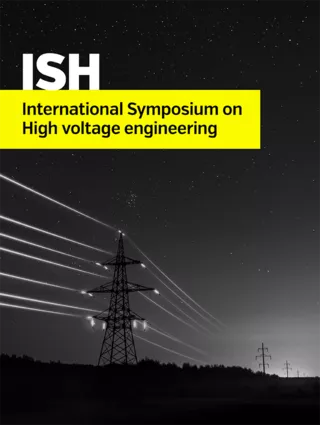Summary
Although surge arresters are designed to withstand harsh environmental conditions, their useful life can be affected by different factors such as pollution and moisture. Accessing the arresters operational condition is thus essential to improve the service reliability and to increase cost savings for the electric power industry. Some of the diagnostic techniques include measurement of the leakage current, voltage distribution and thermal inspection. Due to its constructive characteristics, the total leakage current flowing through a metal oxide arrester is composed of capacitive and resistive components. The resistive component provides information about the device aging/degradation. However, checking only the current value or amplitude is insufficient to indicate which part of the arrester is deteriorated, especially when the main cause is internal moisture. A more detailed analysis of the resistive component waveform could give an indication about which region is currently being degraded. As the varistor discs are highly nonlinear, a leakage current flowing through these elements includes harmonic components whereas any current path formed by moisture introduces linear impedance and thus a current waveform similar to the applied voltage. Depending on areas of an arrester where possible moisture layers are located, the leakage current will be formed accordingly through the network of linear resistances of moisture layers and nonlinear resistances of varistor discs. In some cases a moisture layer distributed unevenly along the arrester length may disturb the voltage grading by „by-passing? partly one or more discs. In this case all the resistive leakage current components are affected, but also the value of instantaneous total capacitance is affected. This work summarizes the experimental results carried out with polymer housed surge arresters submitted to an immersion test. The resistive current component extracted from the total leakage current (amplitude and wave shape) was used to identify in what section the degradation took place in the surge arresters. The results were also compared with the surge arrester capacitance profile, which reinforce the conclusion obtained through the resistive component analysis.
Additional informations
| Publication type | ISH Collection |
|---|---|
| Reference | ISH2017_557 |
| Publication year | |
| Publisher | ISH |
| File size | 688 KB |
| Pages number | 6 |
| Price for non member | Free |
| Price for member | Free |
Authors
K. LAHTI, J. PISSOLATO FILHO




